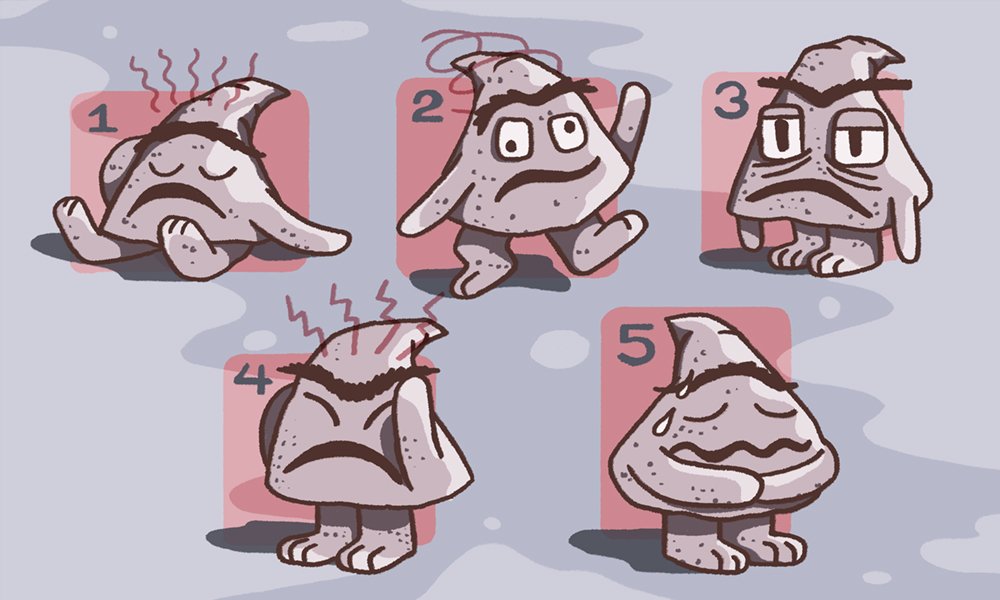Altitude Sickness is the High Elevation Pits
Your lungs are working harder to bring in the air your body needs. Your thinking gets a little fuzzy, and the horizon doesn’t look as steady as it normally does.
You’re 11,000 feet above sea level, pushing your loaded bike up an incline that isn’t nearly as steep as some of the mountain passes you’ve accomplished prior, but the thin air is taking its toll and the elevation is only increasing for the next portion of your tour.
It might be time to slow it down to avoid the potentially serious condition of altitude sickness.
When coming from lower elevations to travel at high altitudes, such as through the Rocky Mountains, cyclists may experience altitude sickness. Usually easy to self-diagnose, symptoms include:
1. Fatigue
2. Dizziness
3. Trouble sleeping
4. Headaches
5. Nausea and vomiting

Altitude sickness occurs because our bodies have difficulty adjusting to the rapid exposure of lower amounts of oxygen at high elevations. People can experience symptoms starting above 8,000 feet and those who have a previous history of altitude sickness are more likely to get it again, but it can occur in anyone. Symptoms typically set in within hours of reaching the altitude that will affect you personally.
According to Harvard Health, symptoms that develop at high altitude should be taken very seriously, since some altitude problems can develop into fatal illnesses, such as high-altitude cerebral edema (extra fluid on and swelling of the brain).
Here’s how to treat acute (mild) altitude sickness:
Patience
Be patient. Your body needs time to adjust to altitude. A delay before further cycling may be enough to allow symptoms to go away. Once they do, increase your elevation slowly.
Rest
Take a rest day and/or reduce your daily mileage. Give yourself plenty of opportunities to sleep.
Hydration
Make sure you drink plenty of water, replenish your electrolytes, and eat well.
Safety
If your symptoms don’t subside after 24 hours or aren’t affected by OTC medication — or if symptoms are accompanied by difficulty walking in a straight line, confusion, hallucinations, rattling noises while breathing, or difficulty breathing while resting — descending to lower elevations and seeing a doctor is immediately necessary. Severe cases of altitude sickness can be serious and life-threatening.
So if you’re cycling your way from the low plains to heights of the Rocky Mountains, schedule in some acclimation time and enjoy the mountain beauty with a day or two rest break.

